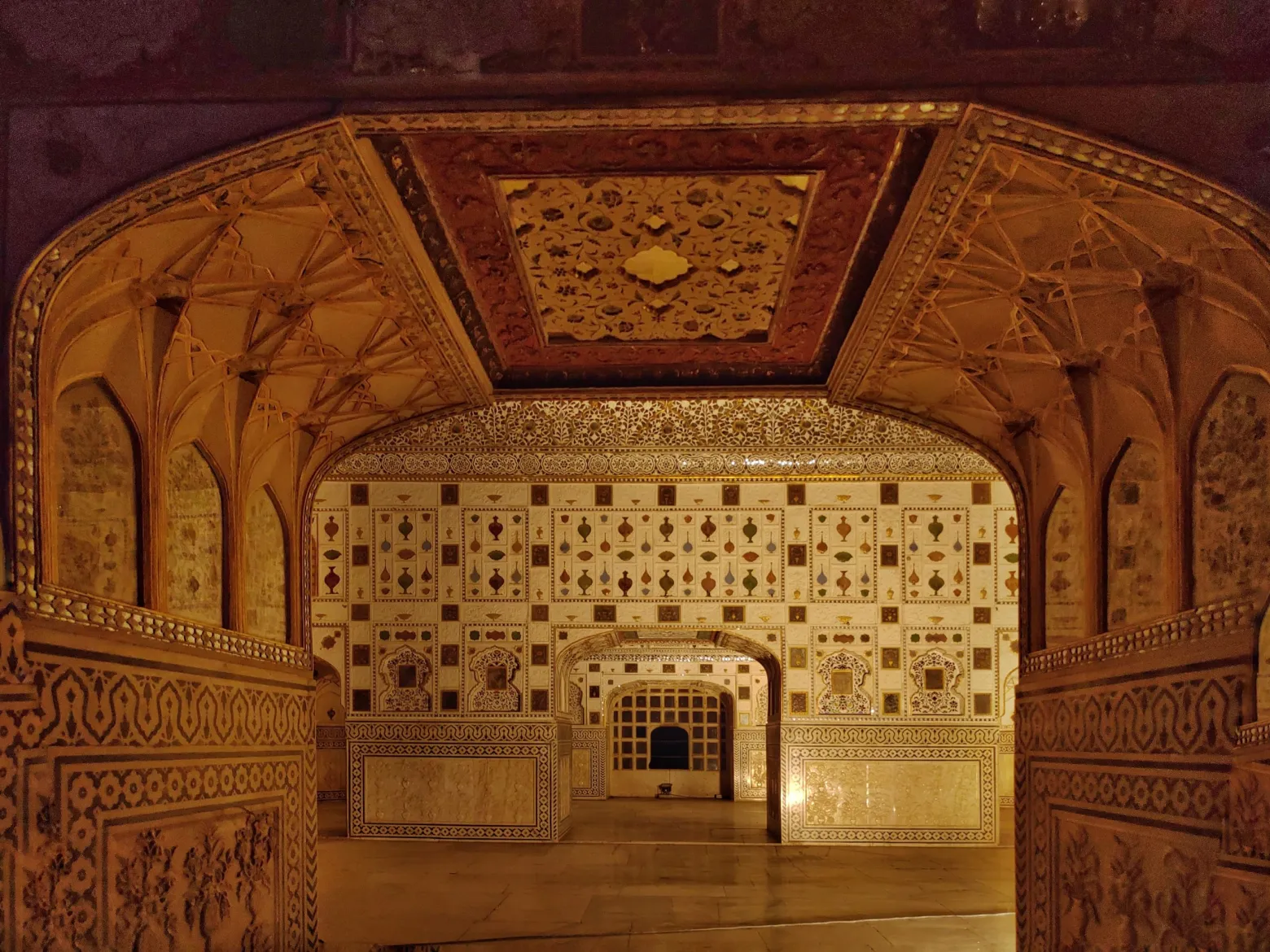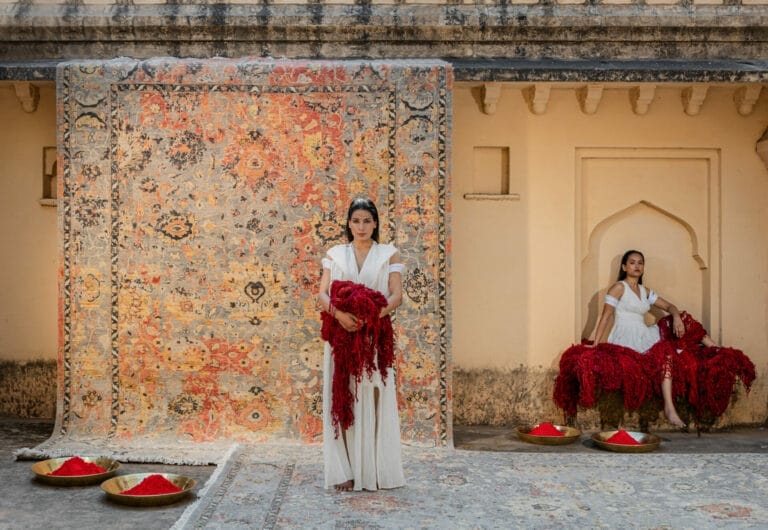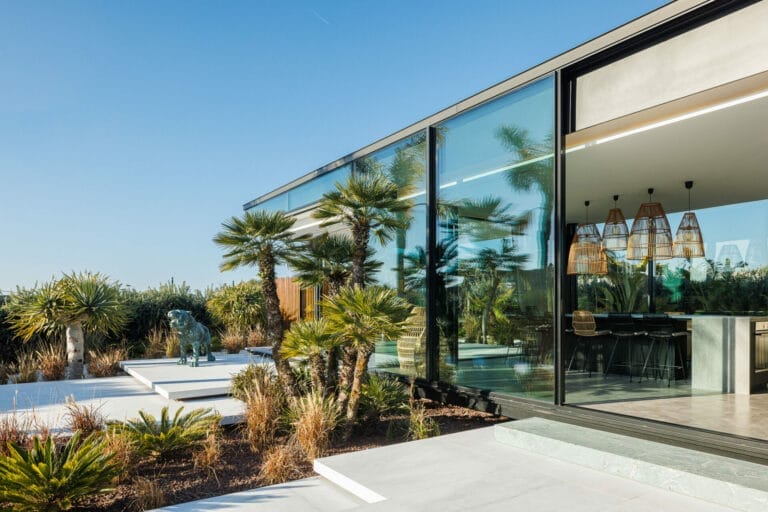India is home to some of the most magnificent forts and palaces in the world. Their architectural design and attention to detail remain unparalleled. These oldest palaces in India now stand tall and have tremendous historical value. India, a country with a rich history reaching beyond thousands of years, has seen several royal dynasties grow and achieve new heights of grandeur. The royals used the greatest resources at their disposal to build beautiful palaces.
Exploring the 5 Oldest Palaces in India:

Leh Palace, Ladakh
The stone-carved Leh Palace, also known as Lachen Palkar Palace, is mounted amidst the rising, steep-sided Himalayan terrain, overlooking the town of Leh-Ladakh. Leh Place, situated amid lovely, scenic terrain, was commissioned as a building beginning in 1553 by soldier-warrior Tsewang Namgyal, the founder ruler of the Namgyal dynasty of Ladakh. Sengge Namgyal, also known as the Lion King, finished the building after his three predecessors.

The palace, which served as the royal family’s residence from 1460 to 1842, was abandoned after the Namgyal rule ended in 1842. Tshespal Namgyal, the final monarch, was exiled to Stok, and the royal family abandoned Leh Palace. Archaeologists and architects from the Archeological Survey of India (ASI) have since uncovered the palace’s hidden beauty.

Architecture of Leh Palace
The Leh Palace, built on a mountain crest above Leh-Ladakh, is a unique blend of traditional Tibetan architecture and central Asian trade routes. Its facade, reminiscent of the Potala Palace in Lhasa, Tibet, incorporates Indian characteristics and is an Indo-Tibetan emblem.

The palace’s terrace offers stunning views of the Ladakh area. Made of natural materials, it is inspired by Indian and Tibetan architectural traditions, with a color palette of grayish brown. The main structure is surrounded by auxiliary buildings, including the Namgyal Stupa, Chandazik Gompa, and the 1430 Chamba Lhakhang, each decorated with mural handicrafts.

The palace’s interior is decorated with Tibetan murals known as thangka. These are meticulously produced paintings with rich workmanship in a palette of vibrant colors. The palace’s grandeur and architectural style provide a look into the rich monarchial heritage that should be enjoyed and explored while in Leh.
Udaipur City Palace, Udaipur
Udaipur’s City Palace, built by Udai Singh II in 1559, is a self-sufficient stronghold with strategic defense as its primary motivation. The citadels, nestled in the steep Aravalli Hills, are built on a fish-shaped mountaintop with a shoreline, protecting from invaders and stunning views of Lake Pichola.

Arvind Singh Mewar is currently the successor, and he lives in a section of the palace. The Maharana of Mewar Charitable Foundation oversees the palace’s various structures and complexes, which are available to the public.

Architecture of Udaipur City Palace
The City Palace, made up of 11 structures with decorative towers, arched gateways, jutting balconies, and cupolas, is a mix of Rajasthani, Mughal, European, and Oriental architectural styles. The palace, surrounded by walls, is entirely made of marble and granite.

The main facade is 244 meters long and 30.4 meters high, and its top terraces provide a stunning perspective of the city below. The wonderfully crafted interiors feature delicate mirrorwork, marble design, artwork, silverwork, inlay, and colored glass. To avoid surprise attacks from foes, the 11 smaller palaces within are connected via passageways, chowks, and courtyards.

Nowadays, the Udaipur City Palace is separated into three primary sections: the City Palace Museums, which are available to the public, the Heritage Hotels- Fateh Prakash Palace, and the Mewar Royal Family’s residence.

Amber Palace, Jaipur
Amber Palace, also known as Amer Fort and Amer ka Kila, is a beautiful masterpiece of Rajput architecture. Amber Palace is located in Amer, a little village of 4 square kilometers that is a mere kilometer from Jaipur. The palace is constructed on top of Cheel ka Teela (the Hill of Eagles) and overlooks Maota Lake, which serves as the palace’s primary water supply.

Man Singh I, a powerful Rajput monarch, created Jaipur’s Amber Palace. He was one of Akbar’s ‘9 Navratans’ (nine jewels) as well as his loyal general. The building of the palace was completed in 1592. However, the palace underwent improvements and adjustments during the next 150 years under several kings. The palace used to be the abode of Rajput kings and royal family members.

Architecture of the Amber Palace
From the exterior, the Amber Palace appears rough and invincible. However, once inside the palace, the roughness gives way to an unforgettable experience of stunning sights.
The extravagantly splendid palace is built of red sandstone and marble and has four stories, each with a courtyard. The palace, which combines Rajput and Mughal styles, features temples as well as the Diwan-i-Aam (Hall of Audience).

Enveloped among marble and great interiors made out of pieces of mirrors is the Sheesh Mahal, or Mirror Palace. These small mirror pieces are used to create images of flower pots, stars, and other abstract designs.

The third courtyard contains the rulers’ residences, which can be accessed by the Ganesh Pol. This gate is elegantly ornamented with frescoed arches. This floor also includes the Jai Mandir, also known as the Hall of Victory, and the Sukh Niwas, or Hall of Pleasure, which are located opposite one another. The fourth courtyard is encircled by Zenana or women’s isolated apartments.

Naggar Castle, Himachal Pradesh
The Naggar Castle Temple is beautiful in Himachal Pradesh’s picturesque village of Naggar. This temple is an excellent representation of Himachal Pradesh’s rich cultural legacy, and its wonderful architecture and tranquil atmosphere make it a must-see for anybody visiting the region. In this essay, we will examine the history, architecture, and significance of Naggar Castle Temple.

Raja Sidh Singh of Kullu erected the Naggar Castle Temple in the fifteenth century. The temple, devoted to Lord Krishna, is an outstanding instance of the distinctive combination of Hindu and Tibetan architectural traditions. The shrine is located within the Naggar Castle complex, which was formerly the home of the Kullu monarchs. The castle is currently a heritage hotel run by the Himachal Pradesh Tourism Development Corporation.

Architecture of Naggar Castle
Naggar Castle Temple’s architecture is a fascinating combination of Hindu and Tibetan influences. The temple is made of locally sourced stone and wood and decorated with elaborate carvings and gorgeous paintings. The temple features a pagoda-style roof, which is a hallmark of Tibetan architecture. The temple also contains a three-tiered wooden pagoda-style tower, which demonstrates the Tibetan influence on its construction. The temple’s interiors are embellished with exquisite paintings representing episodes from the lives of Lord Krishna and other major Hindu deities.

Naggar Castle Temple, a renowned Hindu tourist destination in Himachal Pradesh, offers a serene atmosphere and stunning architecture for meditation and spiritual retreat. It represents the region’s unique blend of Hindu and Tibetan traditions, showcasing the harmonious coexistence of multiple cultures.
Lakshmi Vilas Palace, Vadodara, Gujarat
Lakshmi Vilas Palace, Vadodara, Gujarat a stunning edifice designed in the Indo-Saracenic architectural style, was completed in 1890 by Maharaja Sayajirao Gaekwad III, the monarch of Baroda (1875-1939). The Moti Bagh cricket pitch is located close to the museum, as are the Baroda Cricket Association’s offices. The complex also includes Navlakhi Vav, a step well that dates back to 1405 AD. Visitors can take audio or guided tours of the palace.

Architecture of Lakshmi Vilas Palace
The palace covers a wide area of 500 acres and holds many architectural treasures. The stately Durbar Hall is possibly the most impressive, and it hosts occasional cultural events and music concerts. It has Belgian stained glass windows, a Venetian mosaic floor, and beautiful mosaic-decorated walls. Outside the Durbar Hall is an Italian patio with lovely water fountains. The castle also has exceptional collections of antique armor, bronze, marble, and terracotta statues.

The palace’s grounds and gardens are especially remarkable; they were designed and supervised by William Goldring, who was also in charge of the royal botanical gardens. Other sights inside the palace are the Maharaja Fateh Singh Museum and the Moti Baug Palace. It is reported that Major Charles Mant designed this exquisite castle.






















